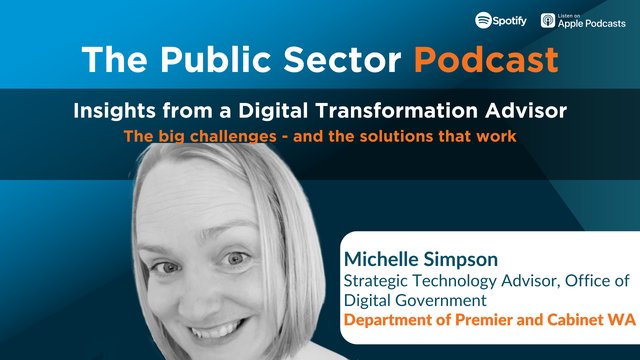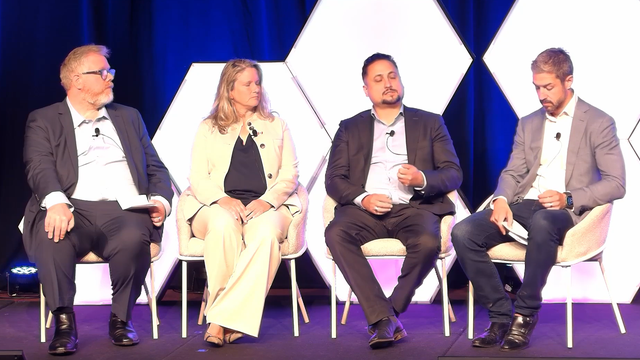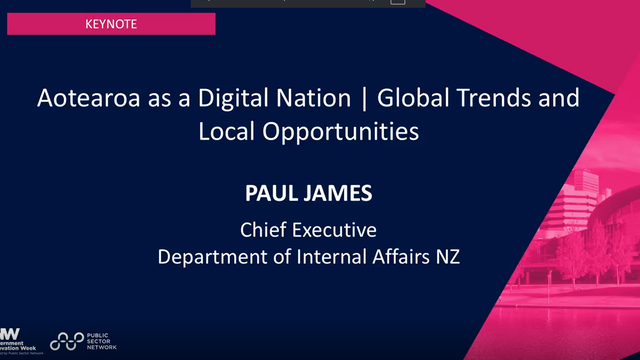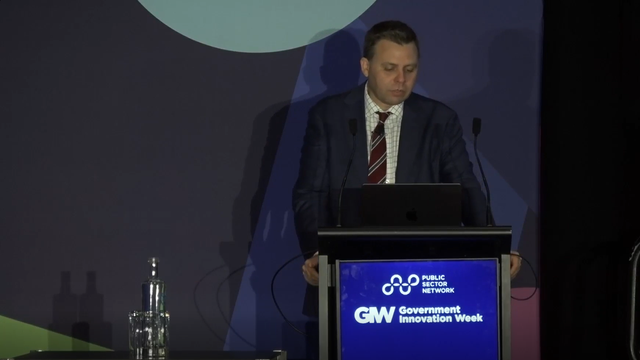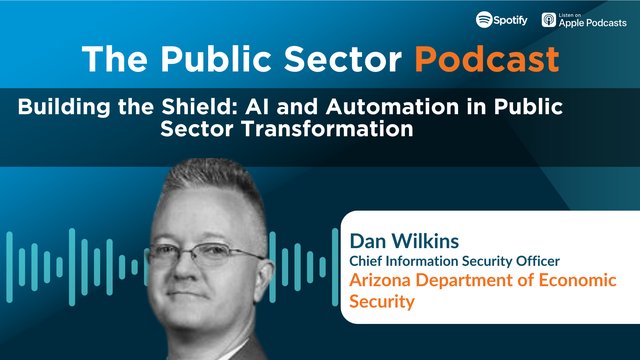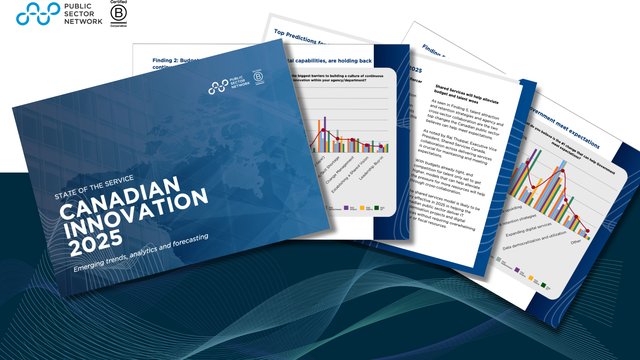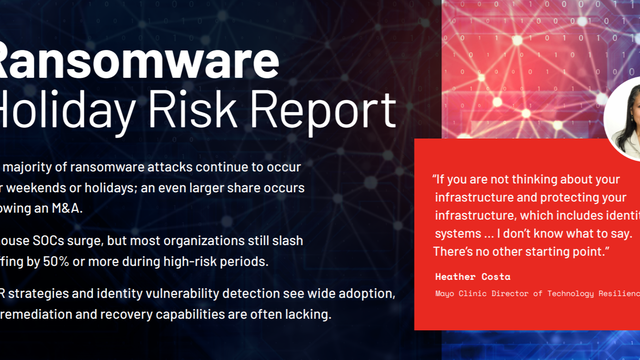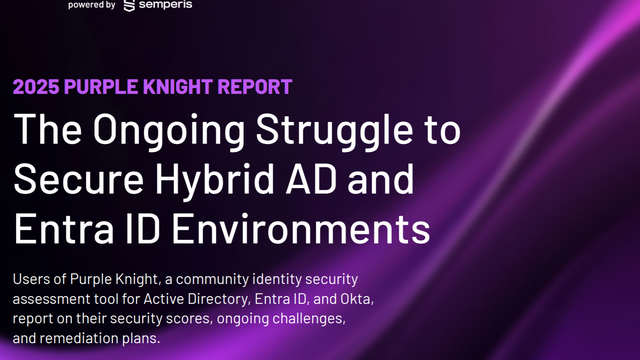
Victoria’s Digital Government in Focus—Workforce Priorities, Fiscal Realities, and the Drive for Collaboration
As governments across Australia continue navigating rapid digital change, Victoria’s public sector leaders are shaping their transformation agendas amid a dynamic mix of workforce reform, financial pressures, and growing public expectations. Drawing from recent national polling, this analysis captures how Victoria’s digital priorities align with—or diverge from—those of other jurisdictions across the country.
The results reflect a state with a strong people-first approach, where workforce upskilling, cultural transformation, and internal capability-building have emerged as defining priorities. Victoria’s focus on enabling talent from within signals a mature recognition that the digital future of government relies as much on people and leadership as it does on platforms and procurement.
At the same time, budget constraints have surfaced as a prominent concern, potentially limiting the scope of innovation and investment in emerging technologies. Slightly lower emphasis on cybersecurity and intergovernmental collaboration also highlights areas for continued attention.
This article unpacks the key polling insights from Victoria, offering a comparative lens on challenges, strengths, and opportunities. From workforce development to fiscal strategy and innovation readiness, these findings offer a roadmap for how Victoria can maintain momentum and lead in building a resilient, citizen-centric public sector.
Upskilling Takes the Lead: Victoria’s Workforce Strategy Powers Digital Priorities

Victoria’s leading focus aligns with national sentiment around transforming and automating processes (22%), signalling a shared commitment to streamlining service delivery, improving citizen engagement, and harnessing technology to address longstanding inefficiencies. This priority also reflects a wider shift toward AI-enabled public services that promise both scalability and responsiveness.
In stark contrast to the national average, Victoria places significantly more emphasis on updating workplace culture and upskilling the workforce (31% vs 21%). This ten-point differential suggests a deliberate strategy to future-proof the public sector by investing in human capital. It highlights a recognition within Victoria that digital transformation is as much about people as it is about systems—ensuring that teams are agile, digitally literate, and equipped to lead change.
However, this focus on workforce transformation appears to coincide with a relatively lower priority on modernising data and cyber security processes (3% compared to 8% nationally). While not necessarily indicative of neglect, this may suggest that cybersecurity is being addressed through other mechanisms or is currently viewed as a lesser pain point in Victoria’s digital maturity journey. Given the escalating risks in the threat landscape, this could represent a latent vulnerability if not closely monitored.
Notably, Victoria reports less emphasis on investing in new technology and digital services (10%) than the national average (15%). This may reflect a strategic pivot—prioritising culture, skills, and automation ahead of procurement—or could indicate slower adoption or more cautious investment cycles in emerging tools and platforms.
Funding the Future: Budget Constraints Emerge as Victoria’s Innovation Bottleneck
Victorian respondents overwhelmingly identified budget constraints (54%) as the top barrier to building a culture of continuous innovation—markedly higher than the national average of 32%. This suggests that financial limitations are a particularly acute challenge in Victoria, potentially impeding the state’s ability to prototype, test, and scale new ideas. Such a disparity also signals a risk that innovation may become siloed or delayed without structural investment or fiscal reform.
While digital capabilities were cited at similar levels in Victoria (10%) and nationally (9%), other barriers diverged more significantly. For instance, only 1% of Victorian respondents pointed to talent or skill shortages as a primary challenge, compared to 12% nationally. This may reflect a regional strength in workforce capability—potentially bolstered by the state's prioritisation of upskilling—or it could indicate a misalignment in how workforce issues are perceived relative to innovation outcomes.
Red tape and rigid policy processes, commonly cited elsewhere (19% nationally), were noted by just 10% of Victorian respondents. This suggests that bureaucratic hurdles may be perceived as less obstructive within the Victorian context, or that recent reforms have helped streamline innovation pathways. However, this also raises questions about whether process-related constraints are being underestimated.
Leadership buy-in was identified by only 3% of Victorians, well below the national average of 9%. This may reflect a comparatively supportive executive environment for innovation, or conversely, a gap in recognising how leadership alignment can drive sustained cultural change.
Balancing the Big Picture: Economic Pressures Front and Centre in Victoria’s Public Sector Outlook

Economic pressures dominate the Victorian perspective, with 54% of respondents citing budgets and competing priorities as the biggest challenge facing the public sector—substantially higher than the national average of 36%. This sharp divergence signals heightened fiscal constraints within Victoria, perhaps reflecting broader economic headwinds, legacy budget commitments, or sector-wide concerns about resource allocation amid rising service delivery demands.
Interestingly, while technology-related challenges such as the digital divide and pace of change are widely acknowledged (19% in Victoria vs 20% nationally), they are not disproportionately perceived as the most pressing concern. This suggests relative confidence in Victoria’s capacity to navigate digital transitions, or that economic constraints are simply overshadowing other strategic concerns.
The most notable underrepresentation in Victoria relates to workforce issues, with only 19% identifying talent attraction and retention as a key challenge—10 points below the national average of 29%. This aligns with earlier polling that downplayed talent shortages as a barrier to innovation, hinting at a broader sentiment of workforce sufficiency or stability within the state. However, it may also indicate a potential blind spot, particularly given the growing national emphasis on skills, succession planning, and workforce agility.
Security challenges such as cybersecurity and information protection were cited by just 1% of Victorian respondents, compared to 5% nationally. While this could reflect confidence in current safeguards, it also raises the possibility that digital risks are not being prioritised in proportion to the escalating threat landscape—a potential vulnerability for future resilience.
Smart Moves in Skills: Victoria’s Talent Response Highlights Learning Over Luring

Victorian agencies are taking a notably proactive stance on workforce development, with 46% of respondents highlighting a focus on career paths and upskilling—substantially ahead of the national average of 33%. This reinforces a consistent trend across Victorian responses: a strong emphasis on building internal capacity and empowering staff through structured development opportunities. It also reflects alignment with the state’s broader commitment to workforce transformation as a pillar of digital maturity.
Encouragingly, fewer Victorian respondents indicated inaction on the talent front, with only 18% saying “We’re not, but we should be” compared to 31% nationally. This suggests a higher level of engagement and strategic intent in addressing talent challenges, further underlining Victoria’s position as a leader in workforce planning and modernisation within the public sector.
However, some contrasts emerge in the approaches being prioritised. For instance, just 10% of Victorian respondents reported expanding talent pools via flexible working—noticeably lower than the national average of 17%. This may indicate a relative underutilisation of hybrid or remote work strategies to attract diverse candidates, especially from underrepresented or geographically dispersed groups. If unaddressed, this could limit access to broader talent pipelines.
Similarly, non-traditional benefits and individualised rewards were scarcely mentioned (1% in Victoria vs 4% nationally), implying that compensation innovation may be lagging. As public sector competitiveness with private employers remains an ongoing challenge, rethinking value propositions beyond salary and job security could be critical.
Meeting Expectations: Victoria’s Dual Focus on Collaboration and Capability

Victorian respondents placed equal emphasis on cross-agency and cross-sector collaboration (40%) as the national average, reinforcing the widely held belief that breaking down silos and fostering cohesive, joined-up governance is the single most critical lever for improving public sector performance. This alignment underscores a shared national ambition to deliver more integrated, efficient, and citizen-centred services through collaborative ecosystems.
Victoria diverges more clearly when it comes to workforce upskilling, with 24% identifying it as the most important change—substantially above the national average of 15%. This prioritisation reflects a consistent pattern across previous polls, suggesting that Victorian leaders are acutely aware of the need to equip staff with the capabilities required to meet rising public expectations in an increasingly digital and complex policy environment.
Conversely, talent attraction and retention strategies were selected by only 13% of Victorian respondents, well below the 22% national figure. This may signal a perception that Victoria’s existing approaches—particularly its focus on internal development—are sufficient to address workforce sustainability. However, it could also indicate underestimation of the competitive pressures facing public sector recruitment in a tight labour market.
Conclusion: Victoria’s Digital Government in Motion—Strengthening Workforce Foundations While Navigating Fiscal Headwinds
Victoria’s polling results present a public sector with clear priorities and a sharpened focus on its people. Upskilling, career development, and cultural change are at the forefront of the state’s digital agenda, positioning Victoria as a leader in workforce transformation and internal capacity-building.
Yet this strong foundation also reflects choices. With budget constraints cited as the most significant challenge and slightly lower emphasis placed on external collaboration and cybersecurity, there is an opportunity to recalibrate for balance. Continued investment in inter-agency partnerships, flexible work strategies, and secure digital infrastructure will be critical to compound workforce efforts and future-proof transformation.
What emerges is a public sector that understands the importance of people as the engine of reform. Victoria’s commitment to building a capable, adaptive workforce is commendable. By complementing this strength with broader investment in cross-sector collaboration, digital service delivery, and cyber resilience, Victoria is well positioned to lead the next chapter of public sector modernisation—anchored in trust, talent, and technological readiness.
